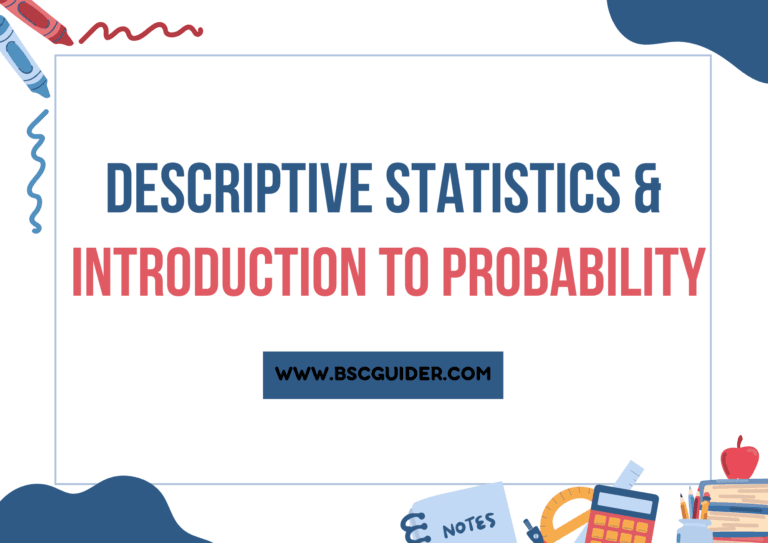
Descriptive Statistics and Introduction to Probability is a core subject in the BSc CS 1st Semester. This course introduces students to the fundamentals of descriptive statistics and probability, covering key concepts like measures of central tendency, measures of variability, data visualization, and the basic principles of probability theory. It is designed to build a strong foundation in analyzing and interpreting data, which supports future learning in various areas of computer science. High-quality notes for this subject are provided by BSC GUIDER, a trusted source for BSc CS 1st Year students. These notes are carefully crafted to be clear and easy to understand, making them an excellent resource for mastering the essentials of descriptive statistics and probability theory.
Descriptive Statistics and Introduction to Probability Notes Unit 1 – 3
Unit 1
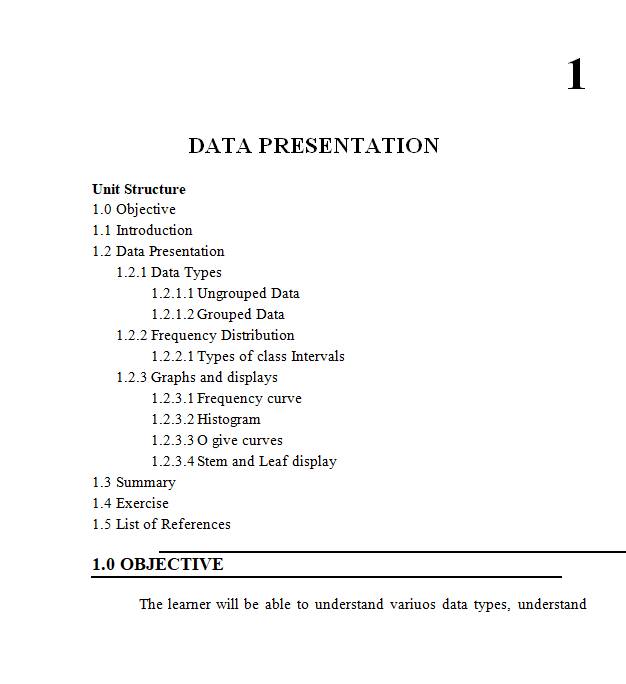
Data Presentation
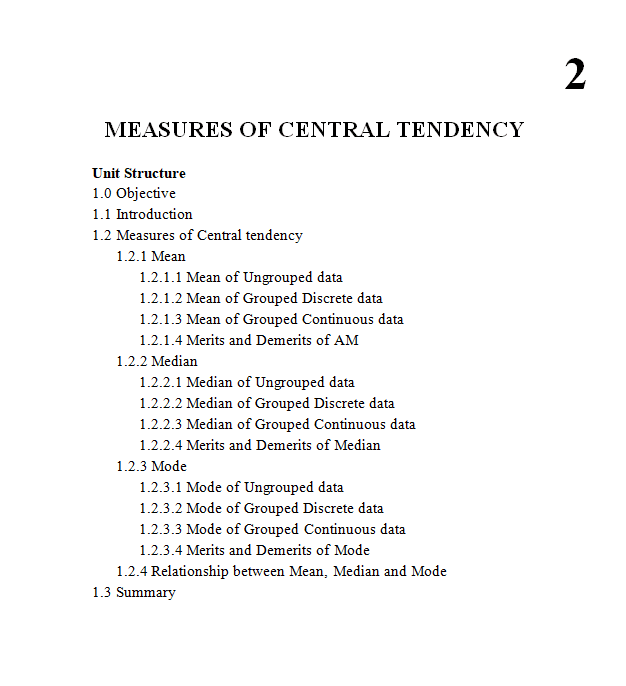
Measures of Central tendency
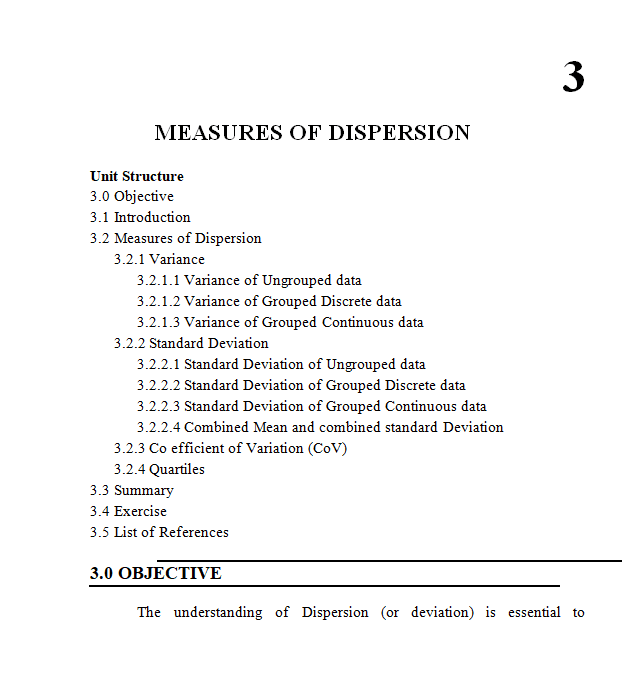
Measures of Dispersion
Unit 2
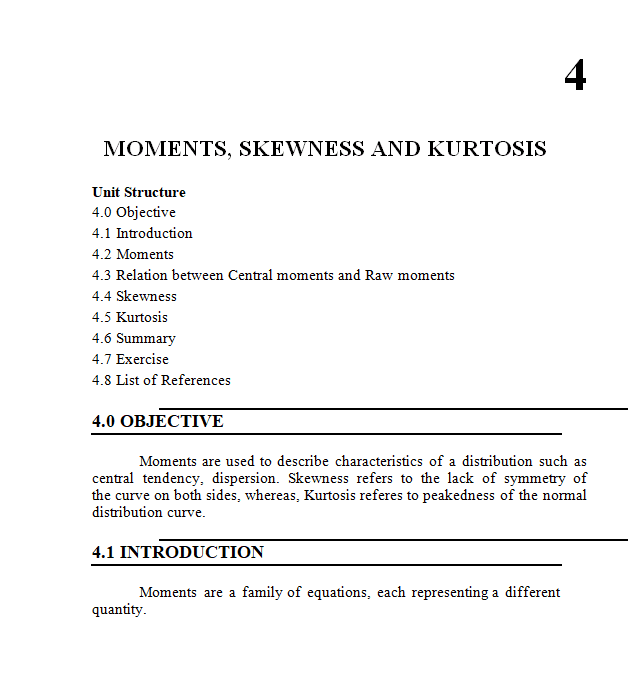
Moments, Skewness And Kurtosis
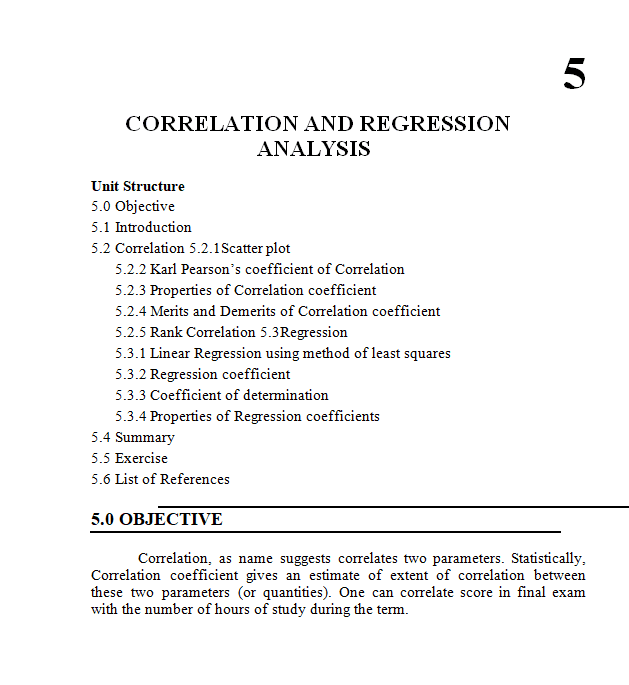
Correlation And Regression Analysis
Unit 3
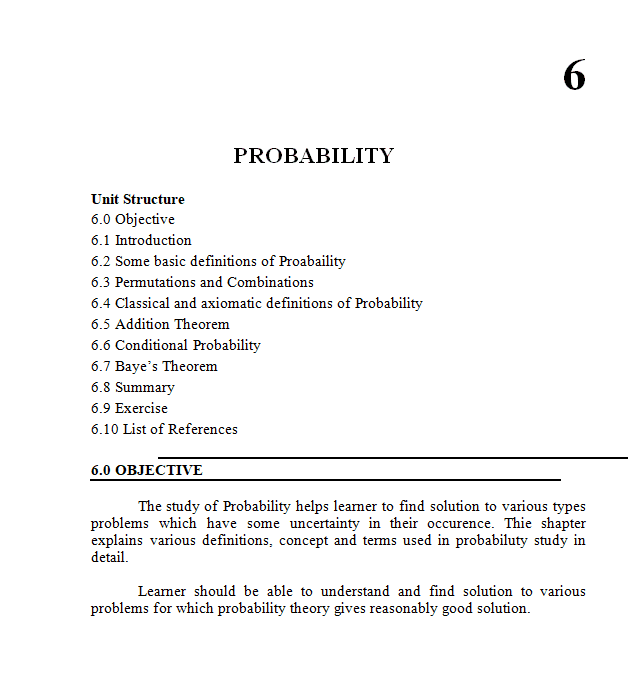
Probability
Objectives of Descriptive Statistics and Introduction to Probability:-
The purpose of this course is to familiarize students with basics of Statistics. This will be essential for prospective researchers and professionals to know these basics.
Expected Learning Outcomes:
- Enable learners to know descriptive statistical concepts
- Enable study of probability concept required for Computer learners
Recommended Books and Resources
Text Book:
- Trivedi, K.S.(2001) : Probability, Statistics, Design of Experiments and Queuing theory, with applications of Computer Science, Prentice Hall of India, New Delhi
Additional References:
- Ross, M. (2006): A First course in probability. 6 th Edition Pearson
- Kulkarni, B., Ghatpande, S.B. and Gore, S.D. (1999): common statistical tests. Satyajeet Prakashan, Pune
- Gupta, S.C. and Kapoor, V.K. (1987): Fundamentals of Mathematical Statistics, S. Chand and Sons, New Delhi
- Gupta, C. and Kapoor, V.K. (1999) Applied Statistics S. chand and son, New Delhi.
- Montgomery, C. (2001): Planning and Analysis of Experiments, wiley.
Ross, S.M. A First course in probability. 8th Edⁿ
100K+ Downloads
Scope of Descriptive Statistics and Introduction to Probability :-
Descriptive Statistics:
- Measures of Central Tendency: Mean, median, and mode to summarize data.
- Measures of Dispersion: Range, variance, and standard deviation to understand data spread.
- Data Visualization: Use of histograms, bar charts, pie charts, and box plots to represent data visually.
- Data Distribution: Understanding normal, binomial, and other statistical distributions.
- Summarizing Data Sets: Techniques for summarizing large data sets using appropriate measures.
Introduction to Probability:
- Basic Probability Concepts: Events, sample space, and probability rules.
- Conditional Probability: Probability of an event given another event has occurred.
- Probability Distributions: Understanding discrete and continuous distributions like binomial, Poisson, and normal distributions.
- Theorems of Probability: Bayes’ theorem, the law of total probability, and the multiplication rule.
- Random Variables: Introduction to random variables and their properties.
- Expected Value and Variance: Key concepts in analyzing random processes.
Applications:
- Data Analysis and Interpretation: Using descriptive statistics to make data-driven decisions.
- Problem Solving: Applying probability theory to solve real-world problems in fields like computer science, engineering, economics, and more.
- Statistical Software: Introduction to tools and software for statistical analysis (e.g., R, Python libraries).
Syllabus of Descriptive Statistics and Introduction to Probability :-
Unit 1
1.1 DATA PRESENTATION
- Data Presentation
- Data Types
- Ungrouped Data
- Grouped Data
- Frequency Distribution
- Types of class Intervals
- Graphs and displays
- Frequency curve
- Histogram
- O give curves
- Stem and Leaf display
- Data Types
1.2 MEASURES OF CENTRAL TENDENCY
- Measures of Cetral tendency
- Mean
- Mean of Ungrouped data
- Meanof Grouped Discrete data
- Mean of Grouped Continuous data
- Merits and Demerits of AM
- Median
- Median of Ungrouped data
- Median of Grouped Discrete data
- Median of Grouped Continuous data
- Merits and Demerits of Median
- Mode
- Mode of Ungrouped data
- Mode of Grouped Discrete data
- Mode of Grouped Continuous data
- Merits and Demerits of Mode
- Relationship between Mean, Median and Mode
- Mean
1.3 MEASURES OF DISPERSION
- Measures of Dispersion
- Variance
- Variance of Ungrouped data
- Variance of Grouped Discrete data
- Variance of Grouped Continuous data
- Standard Deviation
- Standard Deviation of Ungrouped data
- Standard Deviation of Grouped Discrete data
- Standard Deviation of Grouped Continuous data
- Combined Mean and combined standard Deviation
- Co efficient of Variation (CoV)
- Quartiles
- Variance
Unit 2
2.1 MOMENTS, SKEWNESS AND KURTOSIS
- Moments
- Relation between Central moments and Raw moments
- Skewness
- Kurtosis
2.2 MOMENTS, SKEWNESS AND KURTOSIS
- Correlation
- Scatter plot
- Karl Pearson’s coefficient of Correlation
- Properties of Correlation coefficient
- Merits and Demerits of Correlation coefficient
- Rank Correlation
- Regression
- Linear Regression using method of least squares
- Regression coefficient
- Coefficient of determination
- Properties of Regression coefficients
Unit 3
3. PROBABILITY
- Some basic definitions of Proabaility
- Permutations and Combinations
- Classical and axiomatic definitions of Probability
- Addition Theorem
- Conditional Probability
- Baye’s Theorem